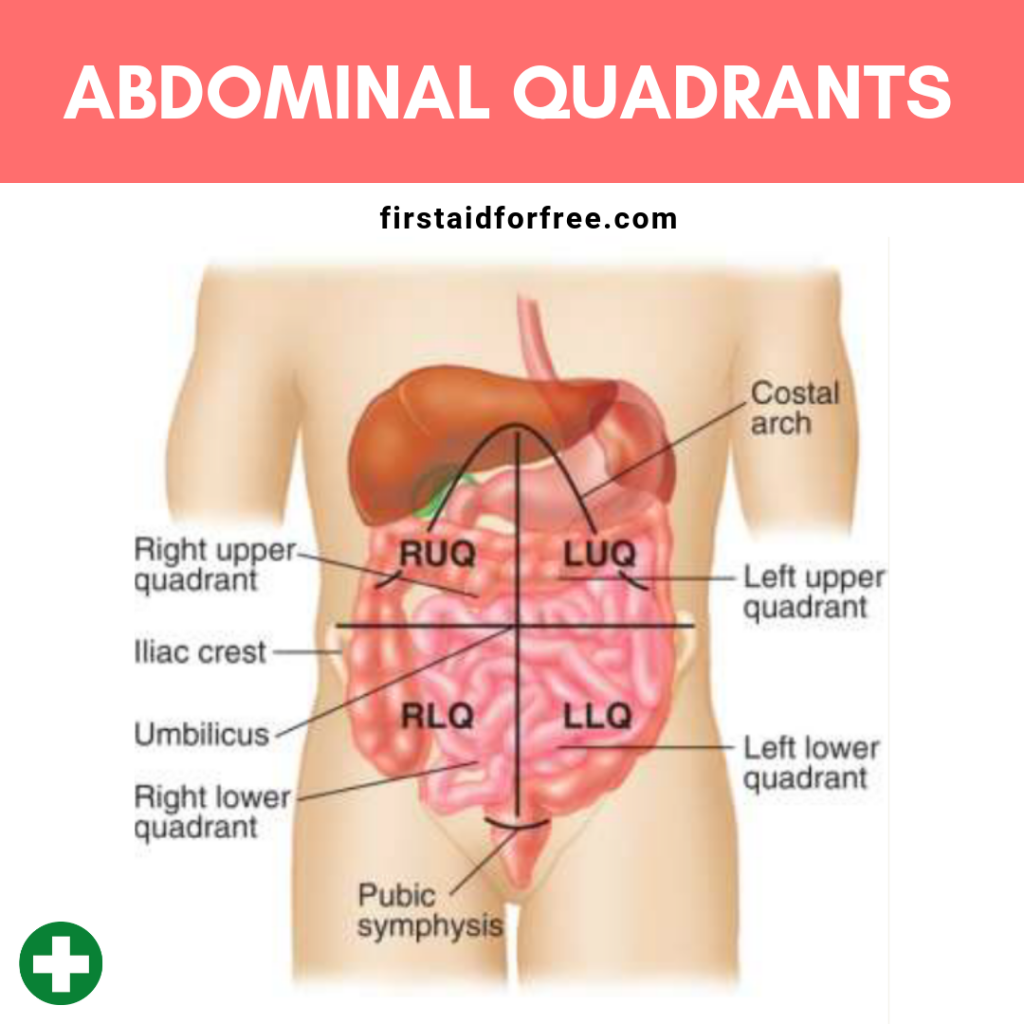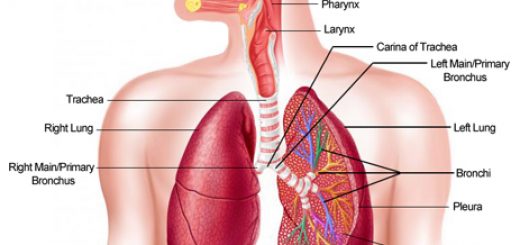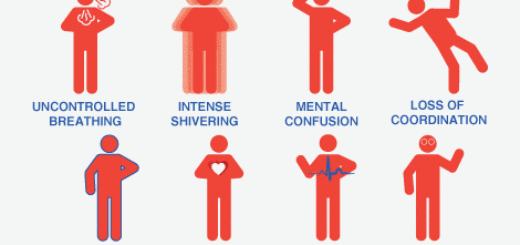How to Assess Abdominal Pain
Abdominal pain can be a result of many conditions. In first aid, it is important is to decide when the condition is serious and time-critical. This is a difficult judgment because there are many problems that lead to gastrointestinal (GI) symptoms from mild gastroenteritis to appendicitis and from ectopic pregnancy to urinary tract infection. It is very difficult to differentiate between them without further medical tests.
Pain is a common symptom and the SOCRATES pain assessment mnemonic can be used to assess patients presenting with abdominal pain.
How to use SOCRATES for Abdominal Pain
Site. Where is the worst pain? Ask the patient to point with one finger to the site of the worst pain.
Onset. When did the pain start? Was the onset sudden or gradual? Over how many hours or days has the pain occurred?
Character. It is colicky pain? Colicky pain is pain that comes and goes caused by intermittent spasm of the bowel
Radiation. It may be confined to one abdominal quadrant or spread to more. The pain may spread through to the back or up into the chest.
Associated symptoms — it may be associated with vomiting, diarrhoea, pain when passing water, blood in the stool etc
Time course. Does it fall into a pattern? Is it getting better or worse?
Exacerbating/relieving factors. Does anything make it better or worse?
Severity. How bad is the pain? A scale of 1 – 10 can be used to help patients rate the severity of their pain

Examining the abdomen in quadrants remembering the organs that occupy the quadrants will give an indication of the problem for example:
- Pain in all quadrants with associated vomiting and diarrhea may indicate gastroenteritis
- Colicky pain in all quadrants may indicate an obstruction of the bowel
- Pain from appendicitis is usually in the right lower quadrant
- Pain from a gastric ulcer is usually in the top 2 quadrants more on the left than the right
- Pain from a ruptured ectopic pregnancy will be in the lower quadrant on the affected side
- Pain in the lower quadrants together with increased frequency of passing urine and pain when passing urine indicates an infection in the urinary tract (UTI)





